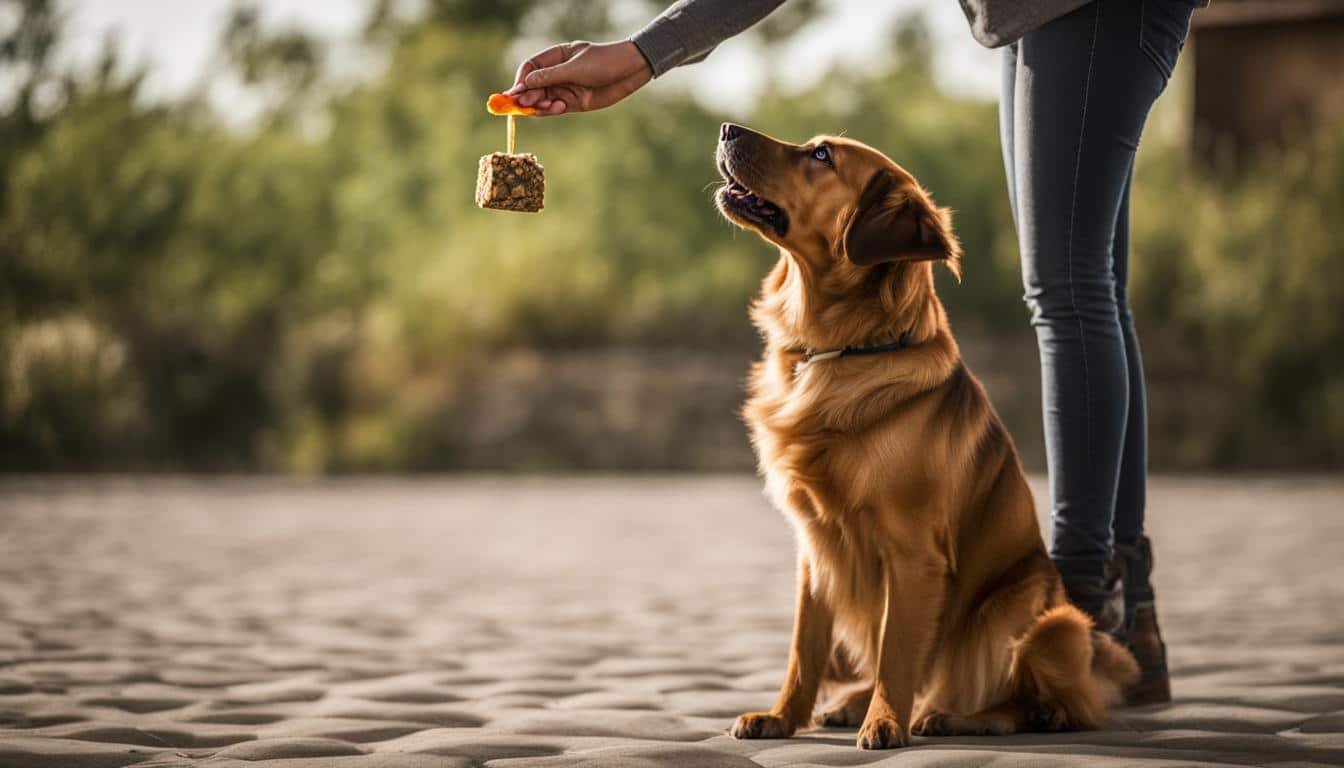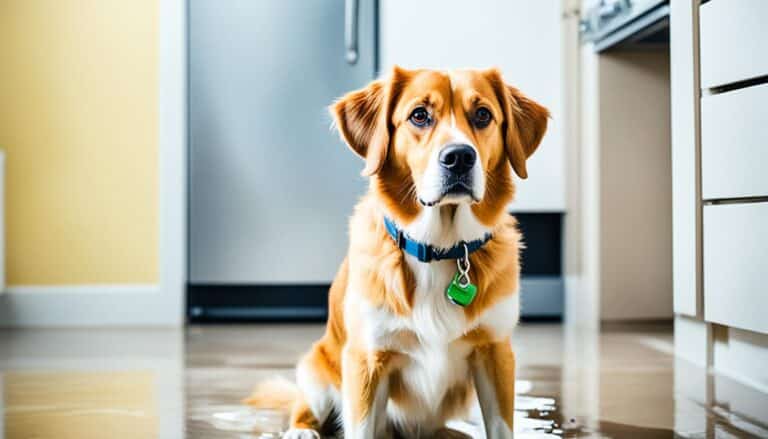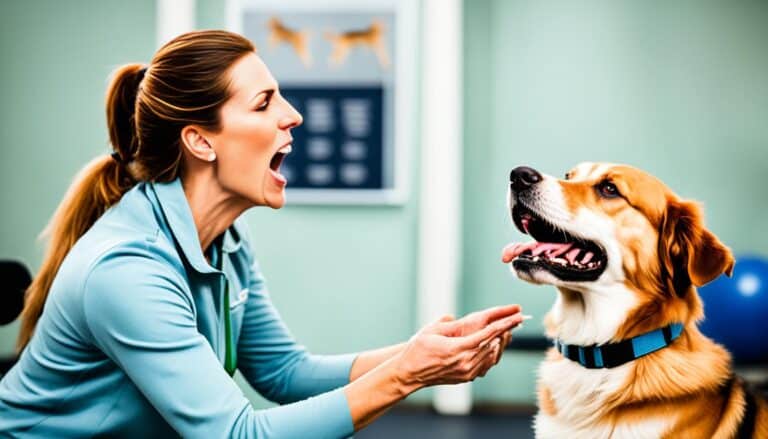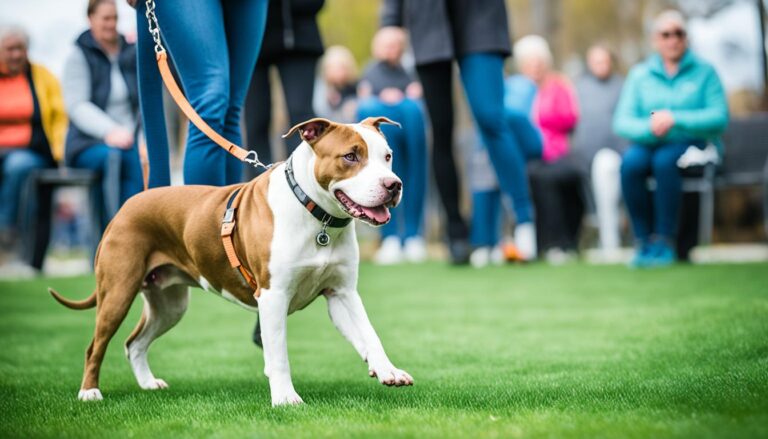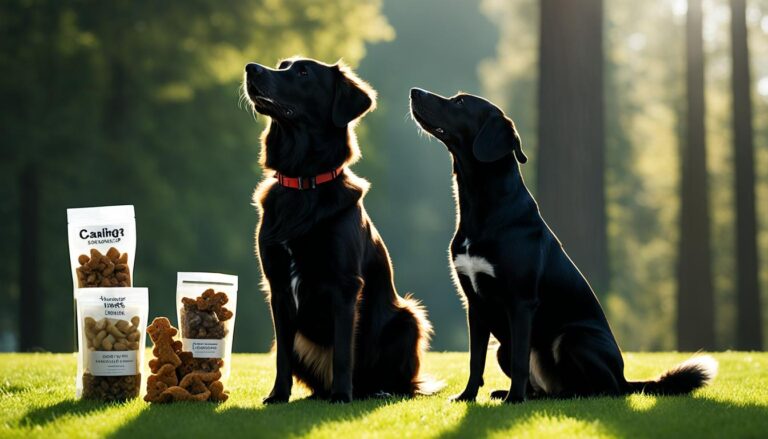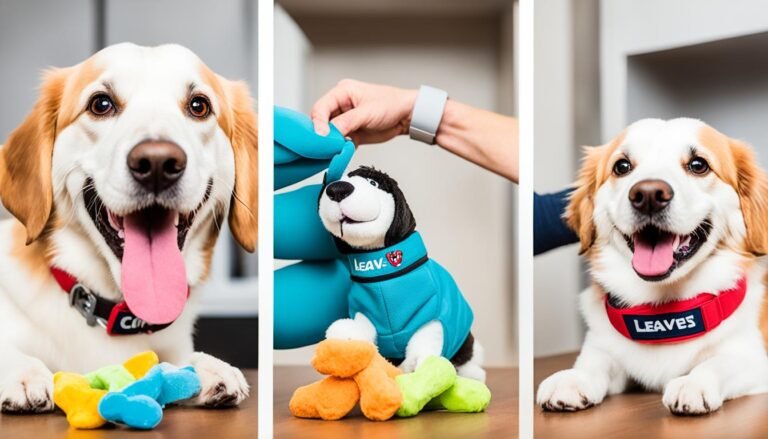How to Train a Dog Not to Jump
Hey there, dog owners! If you’ve ever experienced the chaotic joy of a furry friend leaping into your arms, you know the mixture of happiness and worry that comes with it. While it’s heartwarming to see your dog’s excitement, it can quickly turn into a dangerous habit if not properly addressed. That’s why today, we’re going to talk about effective techniques to train your dog not to jump.
Let’s face it – dogs jump for attention, out of excitement, or simply because it’s become a habit. But as lovable as it may seem, allowing this behavior can lead to injuries and unwanted accidents. So, it’s crucial to teach your furry friend that jumping is not the way to greet people or seek attention. By using a combination of management and training techniques, you can guide your dog towards polite and safe greetings.
In this article, we’ll explore effective dog training techniques, with a focus on positive reinforcement, to help you tackle the issue. From understanding why dogs jump and the importance of training, to management techniques and teaching alternative greeting behaviors, we’ve got you covered. It’s time to create a harmonious and well-behaved relationship with your furry companion, one paw at a time. So let’s dive in and discover how to train a dog not to jump!
Why Dogs Jump and the Importance of Training
Dogs have a natural instinct to jump when they greet and seek attention from their owners and other people. While it may seem harmless or cute when the dog is a puppy, this behavior can become a problem as they grow older. Not only can jumping be a nuisance, but it can also be dangerous, especially for children or frail adults. That is why it is crucial to train your dog not to jump and establish appropriate behavior.
Training your dog not to jump serves several purposes. Firstly, it prevents accidents and potential injuries that can occur when a dog jumps on someone. Additionally, it helps to establish boundaries and teach your dog self-control. By teaching your dog alternative ways to greet people, you can modify their behavior and ensure they engage in appropriate greetings.
Preventing jumping behavior in dogs requires patience, consistency, and obedience training. It is important to remember that dogs do not inherently understand that jumping is inappropriate, so they need to be taught this through training. Training can help them understand that jumping does not result in attention or rewards, while also teaching them alternative behaviors that are more appropriate.
With consistent training and positive reinforcement, your dog can learn to keep all four paws on the ground when greeting people. It is essential to reward and provide attention when your dog exhibits the desired behavior, reinforcing the idea that remaining grounded leads to positive interactions. By replacing jumping with alternative behaviors such as sitting, you can redirect your dog’s energy and provide them with a more acceptable way to greet others.
Remember, dog behavior modification requires time and effort. Consistency is key, and it is crucial that everyone in the household follows the same rules and enforces the training techniques. By investing in obedience training for dogs, you can effectively prevent jumping behavior and foster a well-behaved and polite canine companion.
Management Techniques for Preventing Jumping
Controlling your dog’s behavior is crucial in preventing jumping. By managing the situation and removing opportunities for jumping, you can create a controlled environment for your dog to learn proper greetings.
Here are some effective management techniques for preventing jumping:
- Put your dog in a crate or confine them to another room when guests arrive. This helps keep them calm and prevents jumping as they cannot access the guests.
- Use a leash to restrain your dog when someone enters your home. Ask them to sit and reward them when they stay calm and keep all four paws on the ground.
- Practice controlled greetings with friends and family members. Instruct them to ignore your dog if they start jumping, wait for them to calm down, and only reward them with attention and affection when they have all four paws on the ground.
Remember to be consistent with these management techniques and ensure that everyone in your household follows the same rules. This will help your dog understand that jumping is not acceptable behavior and that they will receive attention and rewards when they remain calm and grounded.
Check out the image below to see a visual representation of management techniques for preventing jumping:

In the next section, we will explore effective training techniques to stop jumping behavior and teach your dog alternative greetings.
Training Techniques to Stop Jumping Behavior
To effectively train your dog not to jump, positive reinforcement techniques and consistency are crucial. By teaching your dog that jumping does not result in attention or rewards, you can modify their behavior and establish more appropriate greetings.
One training approach is to turn your back and ignore your dog when they attempt to jump. This shows them that jumping will not attract your attention. Only provide them with attention, praise, or treats when they have all four paws on the ground. This reinforces the desired behavior and encourages them to remain calm when greeting.

Another effective technique is to teach your dog an alternative behavior that is incompatible with jumping, such as sitting. Whenever your dog starts to jump, ask them to sit instead. Reward them with treats, attention, or praise when they comply. This helps redirect their energy and provides them with a more appropriate way to greet people.
Consistency is key in training your dog not to jump. Ensure that everyone in your household follows the same rules and reinforces the desired behavior. By providing clear expectations and rewarding positive actions, your dog will learn to greet people calmly and politely without jumping.
Teaching Alternative Greeting Behaviors
To eliminate jumping from your dog’s greeting behavior, it is essential to teach them alternative, more appropriate ways to greet people. One method is to teach them to keep all four paws on the floor using treats as a reward. Another approach is to teach them to sit for greetings, rewarding them with treats or attention when they maintain a sitting position. By replacing jumping with these alternative behaviors, your dog will learn that they can still receive attention and rewards without jumping up.
Teaching Four Paws on the Floor
To teach your dog to keep all four paws on the floor during greetings, follow these training tips:
- Start by practicing greetings with a friend or family member who is familiar to your dog.
- As your dog approaches the person, use a firm and calm voice command such as “down” or “on the floor”.
- When your dog keeps all four paws on the floor, reward them with treats and praise.
- Consistently reinforce this behavior during multiple training sessions.
Teaching Sit for Greetings
Sitting is another appropriate greeting behavior you can teach your dog. Follow these tips to train them:
- Begin by teaching your dog the “sit” command using positive reinforcement techniques.
- When someone approaches, give the command to “sit” and offer treats or attention as a reward for maintaining the sitting position.
- Gradually increase the distractions during training, such as having multiple people present or introducing toys or food.
- Continue practicing sit greetings in various situations to reinforce the behavior.
By consistently teaching and reinforcing these alternative greeting behaviors, your dog will learn acceptable ways to interact with people without jumping. Remember to be patient and reward their progress to ensure successful behavior modification.
Important Tips for Training and Prevention
When it comes to training your dog not to jump, timing, consistency, and perseverance are key. It’s important to understand that jumping is a behavior that can be modified with the right approach. Ignore your dog’s jumping behavior and only reward them with attention and treats when they have all four paws on the ground. This will reinforce the desired behavior and discourage jumping.
To ensure successful training, consistency should be maintained by everyone who interacts with your dog. This means that all family members and even strangers should follow the same rules and not encourage jumping. By establishing a consistent training environment, your dog will have a clear understanding of what is expected of them.
In addition to training techniques, management plays a crucial role in preventing jumping. Using a leash or a houseline can give you control over your dog’s movements in various situations. By keeping your dog on a leash or confined to a controlled area when needed, you can proactively prevent them from jumping on people.
Remember, training your dog not to jump takes time and practice. Be patient and never give up. With consistent training, positive reinforcement, and the right management techniques, your dog will learn appropriate greetings and stop jumping behavior. Invest the time and effort, and you’ll be rewarded with a well-behaved and polite furry companion.
